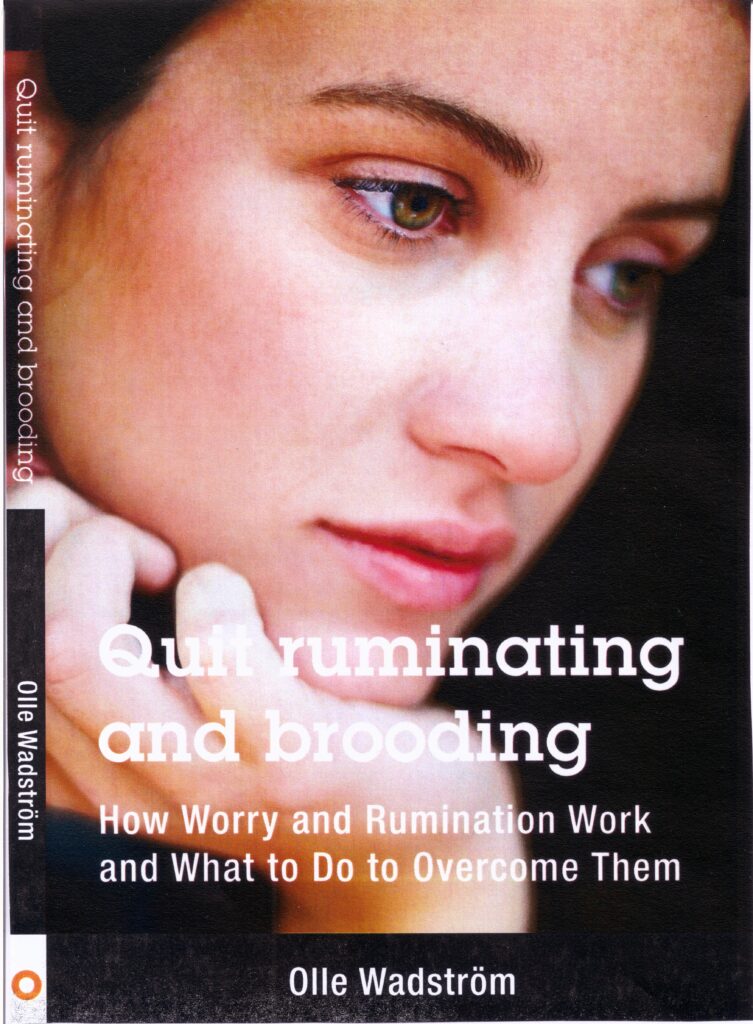We perform a lot of behaviors in chains. Anything from putting on a shirt to riding a bicycle, playing the piano or driving are examples of behavioral chains. All major and joint behaviors are behavioral chains where every small, well performed partial behavior leads to reinforcement which triggers the next partial behavior.
Allow me to illustrate a behavioral chain with the vacuum-cleaning example. You vacuum the left corner (R1) and observe with pleasure how the dust bunnies disappear (C1), this proviedes the impulse (S2) for you to move the nozzle to the carpet to vacuum there (R2), and when you hear pebbles rattling in the tube (C2), you are pleased and know that (S3) it is now time to move the nozzle of the vacuum cleaner again.
S1 – R1 – C1/S2 – R2 – C2/S3 – R3 – C3/S4 – R4 – C4/S5 – R5 – C5/S6 – and so on
This formula illustrates how behavior analysis would transcribe such a chain. S is a starter for (R1) which gets is reinforcement (C1). This reinforcement also acts as the trigger (S2) for the next partial behavior (R2) whose reinforcement (C2) acts as the trigger for the next behavior (R3) and so on.
Let us now look at the behavioral chain in ruminating as a chain of behaviors. Ruminating consists of the two parts, the discomforting thoughts (R), and the comforting thoughts (C). The comforting thoughts act both as reinforcements for discomforting thoughts as well as a trigger for thinking the next discomforting thought (R2). Rumination is driven forward by the comforting thoughts.
At the same time that the comforting thought thwarts the discomfort that the discomforting thought brings, which is pleasant, it also triggers the next discomforting thought. The result becomes a behavioral chain, driven by the effort to thwart/ reduce or eliminate discomfort.
We now understand the dynamics of ruminating, but we still do not have an explanation as to why we feel so bad when we ruminate. The answer to this is conditioning.
This is an exerpt from the book Quit Ruminating and Brooding by Olle Wadström. Comments and discussions are encouraged.
The book is available in two similar versions. Please choose the green and black version. AuthorHouse (the white version) keep my legally earned royalty to themselves because of a self-imposed rule.

